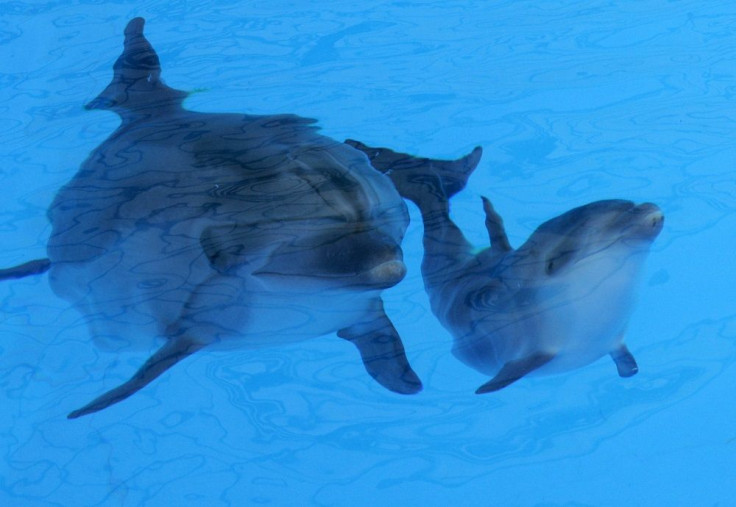Russian military wants to buy 5 dolphins for $25,000

Russia’s Defense Ministry wants to buy five young dolphins. While the ministry did not specify why it wants to purchase the mammals, military sources of RIA Novosti,, a Russian media company, tipped that the dolphins would be added to the country’s fleet of trained dolphins that it confiscated in Crimea from Ukraine.
TASS, a Russian media company, reports that the ministry is willing to pay up to $25,000 (AUD$33,342) for two female and three male dolphins. The dolphins must be between three and five years old and measure between 2.3 metres (7.5 feet) and 2.7 metres (8.9 feet).
In March 2014, Russia seized Ukraine’s military-dolphin division that was originally created by the Soviet Union but given to Ukraine when the union was dissolved. According to Novosti, Russia is using the seized dolphins to guard open water and attack or attach buoys to items that are of interest to the country’s military. It includes mines on the floor of the sea and combat scuba divers who managed to slip from enemy security fences, or frogmen.
Ukraine is asking Russia to return its dolphin fleet because the animals did not have a choice if it wants to move to Russia or stay with Ukraine during the Crimean referendum.
The 10 killer dolphins had knives attached to their heads. Before Russia took control of the animals, Ukraine has decided to stop using the dolphins as an underwater killing squad, but Russia apparently intends to continue it, reports Nature World News.
The US Navy has a Navy Marine Mammal Program (NMMPP|) that trains bottlenose dolphins, two white whales and the California sea lion in helping detect mines in deep, murky waters. But the animals are not use for offence, says the NMMP.
Answers on online forum on how much is the cost of a dolphin ranges from zero if the dolphin was caught from the seas or ocean to a $10,000 (AUD$13,346) monthly upkeep bill.





















